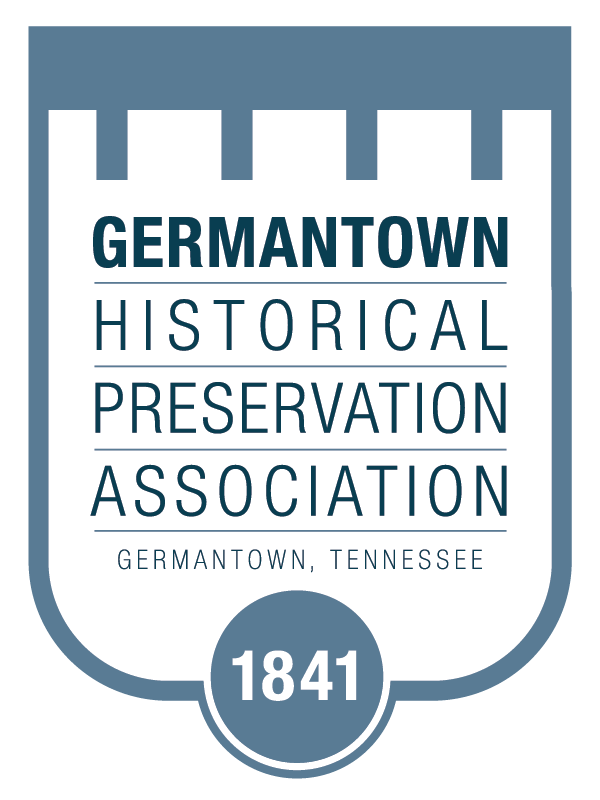
Settlement in the 1830s
By Andy Pouncey
Beyond the Twyford family, Francis Wright, and Lucy Coghill, only a handful of settlers laid down their roots during the 1820s. The numbers of those that settled after 1830 would quickly increase. These generations would witness the formal establishment of this community and experience some of its landmark issues, including the Civil War and the Yellow Fever epidemic.
Let’s meet the new inhabitants. There was Mr. S. W. Ledbetter who came to the area in 1832 and eventually served as postmaster and justice of the peace. Randolph Webb settled that same year with his wife Lucy and their children, Mary and Monroe.
In the fall of 1833, Joshua and Robert Ecklin traveled from North Carolina. Wesley and Winfred Cole also arrived. By 1835, additional families included Eppy and J.D. White, Benjamin Robbins, and Henry T. Jones. One of the community’s first merchants was a Mr. Rash.
The post office opened in the “Pea Ridge” community, with Job Lewis as the first postmaster. The post office, polling place, and justice of the peace were initially established at the home of Eppy White, near Kirby along the main route to Memphis, which was Poplar Pike (Poplar Avenue was not built until 1937). White moved to a new home at White Station and the post office was relocated to the townsite of Germantown.
Wilks Brooks and son Jo came from Pitt County, North Carolina in 1834. Wilks Brooks purchased the former Eppy White property (143 acres) in 1834. After the transaction was made, Wilks rode his horseback over the mountains to get his wife and daughter bringing furniture, farm pieces, a barrel of peas, and setting hens. Jo Brooks stayed to get the buildings constructed for the farm work (barn, gin, blacksmith shop), workers, and his family to live in. The house was built in 1835 and they began to live there in 1836. Today, all know it as Kirby Farm and it is listed on the National Register of Historic Places. Brooks also purchased the land grants of Thomas, Henry Harrelson, and Charles McClung, adjacent to Wright’s Nashoba property.
In 1834, Col. G. P. Shepherd had the foresight to actually plan a town. He had his property surveyed and divided into town lots to be sold to incoming residents. N. T. German, a surveyor from Holly Springs, Mississippi, laid out the lots and streets under the orders of Col. G. P. Shepherd. The cemetery on McVay was property provided by Col. Shepherd.
One of the other well-known early residents was A. H. Lucken, proprietor of the Germantown Inn, located in the vicinity of what is today Germantown Road. Lucken’s Inn offered food, drink, a place to sleep overnight, news of the region, a brief relief from the hardships of the road, and a change of horses. Guests were housed in two sleeping rooms – one for women and one for men. Lucken’s Inn also became a gathering place for locals and the lager he brewed in the basement was quite popular. Local politicians frequently visited the inn and stirred patrons with their speeches. The Evening Scimitar of April 15, 1872, reported that when Lucken died the people of the town and countryside walked with the coffin to the cemetery.
New residents attempted to establish elements of gentility and culture. A log schoolhouse was built as early as 1833. Early on, church services were held in private homes. After the construction of the schoolhouse, the building functioned as a place to hold church services with the Methodists, Baptists, and Presbyterians holding services on alternating Sundays. Pea Ridge Baptist Church was organized about 1833, followed by New Hope ‘Baptist Church in 1835. Between 1838 and 1841, these two congregations combined to form Germantown Baptist Church. In 1838, the Presbyterian Church was organized with seven charter members and the Reverend A. G. McNutt as pastor.
According to post office records, the settlement of Pea Ridge officially became Germantown on July 18, 1836, though it was not chartered until 1841. So how did Germantown get its name?
One account states that the town was named for a small German colony that settled in this area. In addition to A. H. Lucken, other German residents included Frederick Seidecom, Joseph Molitor, the Schieleys, Stricklands, Gerbers, Garners, and Scharfs. One of Joseph Molitor’s Children, Della Molitor Strickland, gave the first pulpit Bible to the Germantown Presbyterian Church. On the other hand, early records show a large number of Irish and Scotch-Irish.
Secondly, the post office department in Washington, D.C. suggested that the town be called Luckenville after the innkeeper and his inn, a defining landmark of the village. When Lucken declined the honor, the town was called Germantown, still a tribute to Lucken and his Germanic roots.
The third account indicates that Germantown was named for Col. G. P. Shepherd’s surveyor, N.T. German, from Holly Springs. During the next century, it would carry another name, before regaining its original title, Germantown.
